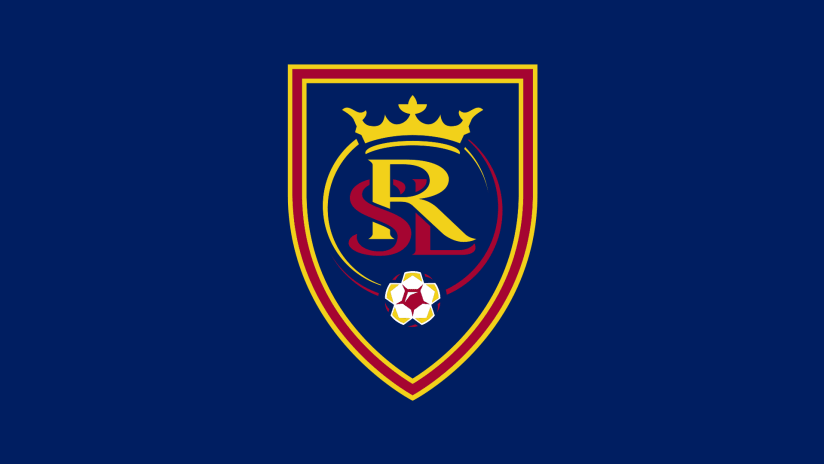Deafening waves of sound cascading down from the towering stands of CenturyLink Field. Constant singing, green smoke and Timber Joey’s revving chainsaw at Providence Park. Snapping tackles and screaming fans just over your shoulder in the frosty air of Children’s Mercy Park in Kansas City.
The term “home-field advantage” in MLS connotes environments like these: loud supporters and hostile conditions that combine with lengthy travel across a huge continent to make the league one of the toughest in the world for away teams.
It’s why seeding is considered so important in the current format of the Audi MLS Cup Playoffs, fueling teams’ urgency to seize a top-four finish in order to earn at least one home match in the postseason. Visiting sides won just four of last year’s 13 playoff games, the first edition entirely featuring one-game series.
As Sporting KC manager Peter Vermes said last week: “Home-field advantage is everything.”
This 2020 campaign has unfolded under very different circumstances, of course. Most matches have taken place in empty stadia or with dramatically reduced crowd sizes thanks to the COVID-19 pandemic, and that will continue in the playoffs. Subtract most of the noise and fury, and you subtract most of the home-field advantage, right?
Not so much, as it turns out.
My number-crunching colleague Ben Baer has tabulated the numbers on this, and heading into the season’s final week, MLS HFA is very much alive and well:
Year |
Win % |
PPG |
|---|---|---|
2010 |
47.92% |
1.68 |
2011 |
43.46% |
1.65 |
2012 |
51.70% |
1.79 |
2013 |
50.77% |
1.78 |
2014 |
48.30% |
1.72 |
2015 |
53.82% |
1.83 |
2016 |
49.56% |
1.80 |
2017 |
55.61% |
1.91 |
2018 |
53.96% |
1.83 |
2019 |
52.21% |
1.79 |
2020 |
49.79% |
1.73 |
This table shows how home teams have fared in MLS action through the past decade. And while their rates of success have fluctuated slightly over the years, peaking in 2017, you can see the clear and persistent trend of HFA – and it continued this season in mostly empty venues.
It’s a decent enough sample size to drive home the reality that – as vital and fundamental to the MLS experience as the supporters are – this phenomenon is about much more than in-stadium atmosphere. It’s about long travel days spent in airplane seats. Restaurants, catering or bag lunches instead of home cooking. Playing surfaces, dimensions and locker rooms that are not your own. Trickier preparation and recovery procedures. Strangeness instead of familiarity.
Even though the pandemic has prompted a shift to mostly charter flights and day-of-game travel both to and from away games, making for quicker trips that most players appreciate, visiting teams are still suffering at roughly the same rates as before. And it’s probably safe to say that will continue over the next month.
“Obviously, you have an advantage if you play at home because you don’t have to fly, and as you know we are flying the same day, which is not easy," said Portland Timbers maestro Diego Valeri last month.
So the seeding stakes of Decision Day presented by AT&T are just as high as before. Your club’s prospects of victory are effectively doubled by playing at home. So whose house will the road to MLS Cup 2020 run through?













